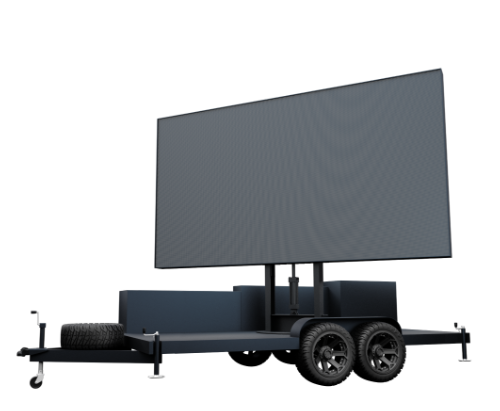Investigating the Crucial Elements That Influence Hue Consistency in LED Panel Panels for Optimal Display Performance
Investigating the Crucial Elements That Influence Hue Consistency in LED Panel Panels for Optimal Display Performance
Blog Article
Color uniformity in light-emitting diode wall screens is essential for achieving optimal visual output. light-emitting diode wall screens are commonly used in various settings, including concerts, meetings, and promotional showcases. When the hues on these panels are consistent, they create a more captivating and enveloping experience for audiences. Several critical factors influence color uniformity, including the caliber of the LED components, calibration procedures, and surrounding conditions.
The caliber of the light-emitting diode elements plays a significant role in color uniformity. Various types of LEDs produce light at varying wavelengths, which can influence the total hue result. High-quality LEDs are engineered to produce a more uniform light spectrum, resulting in better color accuracy. Additionally, the production process of these light-emitting diodes can affect their functionality. Screens made with high-grade materials and techniques tend to have less hue differences, guaranteeing that the displayed images and videos look vibrant and true to life.
Calibration is another essential element in maintaining hue uniformity in LED wall screens. Tuning entails adjusting the settings of the screen to ensure that the hues displayed align the intended design. This process can include adjusting luminosity, contrast, and color equilibrium. Frequent calibration is necessary, especially in environments where illumination conditions change frequently. By calibrating the screens, technicians can correct any inconsistencies in hue result, leading to a more uniform observing encounter.
Surrounding conditions also influence color uniformity in light-emitting diode wall panels. Factors such as surrounding light, heat, and moisture can influence how colors are seen. For example, intense ambient light can wash out colors, making them appear less lively. Similarly, extreme heat can influence the performance of the LEDs, leading to hue shifts. To mitigate these issues, it is crucial to place light-emitting diode wall screens in controlled settings where lighting and heat can be click for more controlled effectively.
Finally, the design and arrangement of the light-emitting diode wall screens can impact color consistency. The arrangement of the panels, as well as the spacing from which they are observed, can create differences in hue perception. When panels are arranged too distant apart or at different angles, viewers may detect discrepancies in color. To achieve the best visual performance, it is crucial to take into account the positioning and alignment of the panels during setup. By addressing these factors, users can ensure that their light-emitting diode wall screens provide a uniform and superior visual experience.